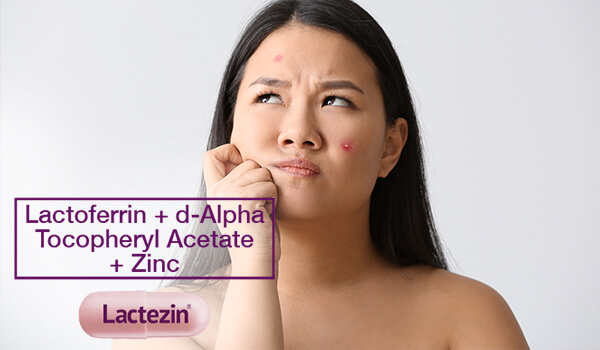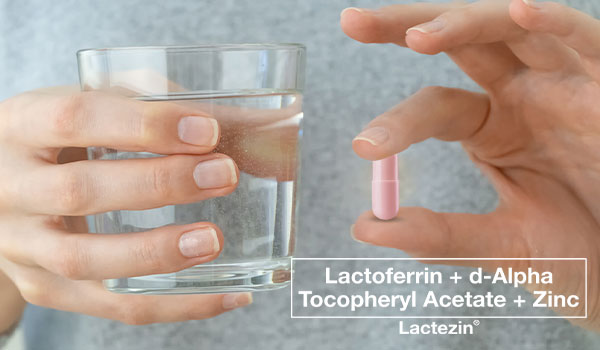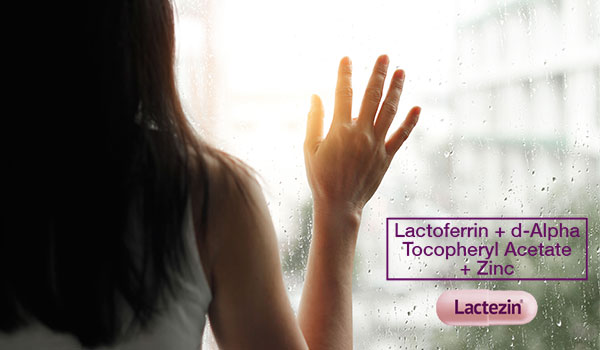Oral vs. Topical Acne Medication: Which One To Use

You see acne that wouldn’t go away; then you see tons of treatments that seem to have the same promise. Confused? We hear you. As you stare at all the options glaring at you, (and with that nagging need to find only the best solution), one question comes to mind: which one to use: topical treatment or oral acne medication? Read on and find out which solution to focus on.
Acne Types
Different skin conditions require different solutions. And this applies to whether a topical treatment or an oral acne medication (or both) would work well for you. So, before reaching for your “treatment of choice”, it’s best to understand first what type of acne you’re dealing with.
- Comedonal Acne
Comedonal acne are the tiny, dark-colored bumps that you normally see on forehead, nose, and chin. This includes blackheads or pores that are clogged with oil, debris, and dead skin cells. Comedonal acne is relatively a milder form of acne that can be treated using topical products which can be supplemented by an oral medication for faster skin healing.
- Inflammatory Acne
Large and red pimples, cystic breakouts, and painful skin bumps with puss. These are the more severe types of acne; the inflammatory acne. They usually come in the form of papules (small, pink, inflamed skin lesions) and pustules (big, painful skin lesions usually with puss). Inflammatory acne requires a more potent solution that goes deeper into the root of the problem.
Topical Treatment
Topicals are normally used for comedonal acne to regulate skin oil production, exfoliate the skin, and clear the pores from dirt and debris. Applied on the surface of the skin, topical products help in boosting the health of the skin cells. However, for faster healing and skin cell renewal, topicals are supplemented by an oral acne medicine. As topical treatments work on the surface, oral acne medications treat pimples from the inside. Together, they work in synergy to help accelerate skin repair.
Some common OTC (over the counter) topical treatments that can be used for comedonal acne are the following:
- Benzoyl peroxide
This comes in the form of lotions, creams, gels, toners, and cleansers. Benzoyl peroxide is antimicrobial, which means it helps get rid of acne-causing bacteria that thrive on the skin. It also helps unclog pores from dirt and oil that usually cause inflammation.
- Salicylic acid
Salicylic acid comes in various over-the-counter topical products like facial wash, medicated pads, and facial toners. At an average percentage of 0.5 to 2% in combination with other topical treatments, this ingredient works well in controlling the oil production of the skin’s pores. It helps dissolve dead skin cells trapped in pores, clearing the skin from impurities that cause pimples.
- Topical retinoids
Also referred to as Vitamin A acid, this ingredient can be found in cleansing foams, gels, and ointments. Its main function is to get rid of dead skin cells and promote growth of newer, healthier cells that “push” the dead cells and excess oils away from the skin’s surface. Topical retinoids also have anti-inflammatory properties.
- Sulfur
Sulfur in foaming washes, spot treatments, and masks counters acne by reducing the bacteria that infects the skin. This drying agent also removes dead skin cells and excess oil. Sulfur works gentler compared to other anti-acne ingredients like salicylic acid and benzoyl peroxide.
Oral Medication
For the more severe inflammatory acne where topicals may not be enough to get to the bottom of the problem, oral acne medications are highly recommended. These are usually taken as tablets, requiring weeks of use for the results to be visibly seen. Some oral medicines are prescribed by doctors, others can be bought over the counter. Common ingredients for oral acne medications are the following:
- Isotretinoin
This is a very powerful medication usually recommended for severe acne. It shrinks the skin’s oil glands to significantly lessen the oil produced. This medicine is usually used for skin conditions that do not anymore respond to all other acne treatments.
- Aldactone
This specifically targets hormonal acne for women. Hormonal imbalance usually affects adult women, often leading to inflammatory acne. This medication addresses that issue especially on cases when conventional acne treatments are not helping solve the problem.
- Antibiotics
Oral antibiotics are given to severe, persistent skin breakouts. Its main function is to dramatically reduce Propionibacteria acnes that cause skin inflammation. This is usually taken for a short period of time (to avoid antibiotic resistance) starting from a high dosage to a lesser dosage. Erythromycin, Tetracycline, Doxycycline, and Minocycline are some of the most common types of oral antibiotics.
- Lactoferrin
Lactoferrin is an iron-binding ingredient that “starves” the pathogenic bacteria which is the primary cause of skin inflammation. With its antibacterial and anti-inflammatory properties, it helps boost skin’s immunity.
- Zinc
This wonder ingredient has amazing skin-healing properties, which is what an inflamed skin needs. It has oil-regulating properties that help control skin sebum production. Zinc not only heals, but also rejuvenates the skin.
- Vitamin E
Vitamin E is a very powerful antioxidant that helps fight skin-damaging free radicals. It counters the everyday skin stressors that weaken the skin’s immune system. It prevents skin dryness (often causing excess oil production) and maintains healthy skin cells.
Lactezin is a trusted anti-acne oral treatment. It’s powered by the skin-boosting combination of Lactoferrin + d-Alpha Tocopheryl Acetate + Zinc (Lactezin) working in synergy to heal the skin by fighting bacteria, strengthen the skin barrier by regulating the skin oil production, and restore skin’s immunity by protecting it from free radicals.
Lactezin is recommended for all types of acne –- moderate to severe, for faster, more effective skin repair.
Take Lactezin twice a day for 2 weeks. Lactoferrin + d-Alpha Tocopheryl Acetate + Zinc is the generic name of Lactezin. If symptoms persist, consult your doctor. Lactezin is available in all leading drug stores nationwide. Lactezin is available in drugstores nationwide, and online on Shopee and Lazada.
To know more about effective anti-acne oral treatment, visit www.lactezin.com.
ASC Ref. No. U0131P072425L
SOURCES:
https://clearlyderm.com/topical-vs-oral-acne-treatments-which-works-best/
https://www.mayoclinic.org/diseases-conditions/acne/diagnosis-treatment/drc-20368048


